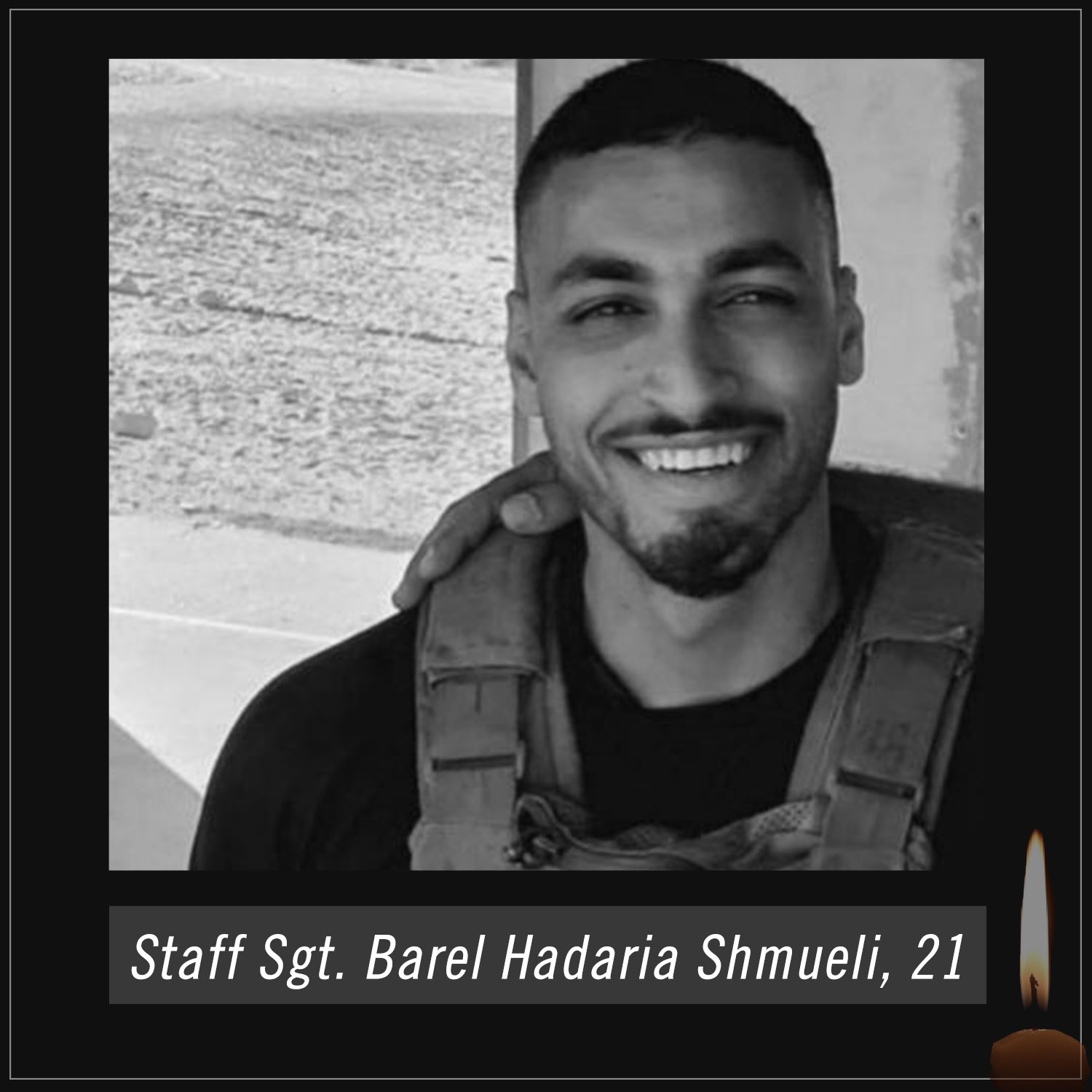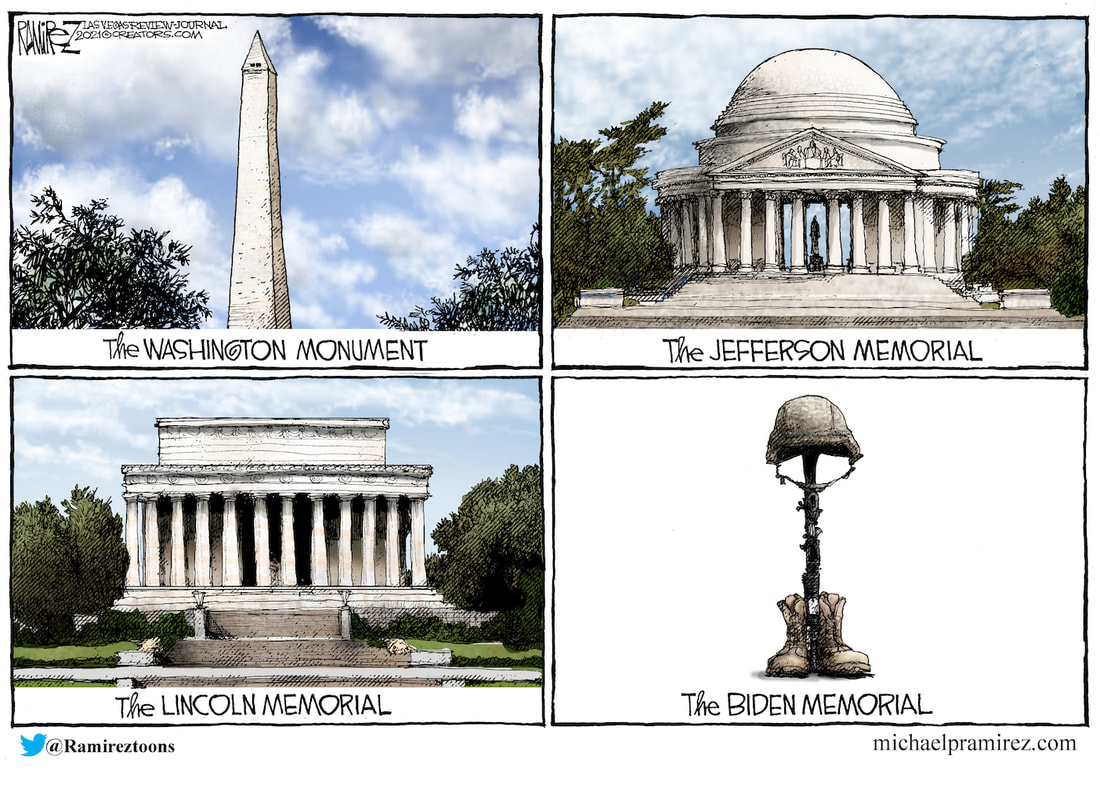Border Police officer shot on Gaza border dies of wounds
A Border Police officer wounded during violence along the border with Gaza more than a week ago died of his wounds at Soroka Medical Center in Beersheba Monday afternoon, hospital officials said.
Barel Hadaria Shmueli, 21, had been fighting for his life since being shot in the head at close range by a Gazan attacker as he guarded the border on August 21. His plight had attracted nationwide attention and mass vigils outside his hospitals took place nearly nightly.
“The medical team fought for his life and he underwent multiple surgeries during his hospitalization,” Soroka hospital said in a statement. “Despite the intense efforts, due to his serious injury the medical staff was forced to determine his death. We share in the heavy grief of his family.”
The announcement of Shmueli’s death drew an outpouring of condolences from leaders, politicians and others.
“There are no words to comfort his family amid their deep grief,” said Prime Minister Naftali Bennett. “Barel was a fighter in his life and a fighter in his death. He fought for his life until the last moment, as all of the people of Israel were praying for him.”
Shmueli was wounded last Saturday night as Gaza rioters at a Hamas-run rally surged toward the security fence. In videos from the scene, rioters could be seen attempting to destroy and then snatch a soldier’s gun as it poked through a hole in the concrete wall. One man could then be seen running up to the wall, taking out a gun that had been tucked in his waistband and firing three shots through the hole at point-blank range. One of the rounds struck Shmueli in the head.
Heartbreak ?? after 9 days fighting for his life, Barel Shmueli succumbed to his injuries after being shot by Palestinian.
— Emily Schrader - ????? ?????? (@emilykschrader) August 30, 2021
All of Israel mourns today. BDE pic.twitter.com/mTi12el30D
Sick! Gazans pass out candy and celebrate the death of IDF soldier Barel Shmueli who was shot by a Palestinian terrorist at the Gaza border.
— Emily Schrader - ????? ?????? (@emilykschrader) August 30, 2021
pic.twitter.com/9LVUxBtjFE
On the #Lebanon side of the border, a mural has been painted depicting the Palestinian militant who shot a border patrol officer a couple of weeks ago at the #Gaza border. pic.twitter.com/qNE8mxD9RA
— Joe Truzman (@JoeTruzman) August 29, 2021
Amb. Alan Baker: Is the Gaza Security Perimeter Defunct?
The unbelievable ease with which an armed Hamas terrorist was able to brazenly approach Israel’s concrete defensive barrier that separates Israeli territory from the Gaza Strip, insert the barrel of his handgun into the narrow slit in the concrete and just blindly shoot, at close range, a border policeman, raises many serious questions.Israeli Analyst: Iran Entrenching Itself on Israel’s Border With the Syrian Golan
By the same token, one may also ask how and why a regular phenomenon has been allowed to develop over the last few years by which large groups of violent, wildly incited Hamas demonstrators and armed terrorists, hysterically intent on infiltrating into Israel with the aim of harming Israeli soldiers and citizens, are able to so easily approach and storm Israel’s security barrier.
One of the central security elements of the 1995 Israeli-Palestinian Interim Agreement (commonly termed “Oslo II”) was the creation of what was called the “Delimiting Line” along the entire northern and western edges of the Gaza Strip, separating the Strip from Israel’s sovereign territory.
Part of this central security element was the establishment of a “Security Perimeter” adjacent to that line, within the Gaza Strip, hundreds of meters wide. In that Security Perimeter, the PLO and Israel agreed that the Palestinian police would exercise “security responsibility for preventing infiltrations across the Delimiting Line or the introduction into the Security Perimeter of any arms, ammunition or related equipment.”
Iran is slowly entrenching itself in the Syrian Golan region at the border with Israel, a top Israeli analyst stated on Sunday.
The area of conflict is taking place in southern Syria, where certain rebel groups are still holding out after 10 years of civil war have seen the ruling regime of dictator Bashar Assad take back most of the country.
On the Syria Golan and the Hauran region, composed of south Syria and north Jordan, the Syrian army along with Hezbollah and Iran-backed militias — propped up by Russian political support — are besieging the city of Daraa, one of the last redoubts of the rebellion.
Veteran analyst Ehud Yaari writes on the Israeli website N12 that it is only a matter of time before Daraa falls, and the rest of what remains of the rebellion in the area will likely follow.
Jordan’s King Abdullah is attempting a delicate balancing act, argues Yaari, noting that the king has expressed a willingness to renew ties with Assad and help do the same with the rest of the Arab world, but does not want a Hezbollah-Iranian presence on his border.
This is particularly the case because divisions of the Syrian regular army in the region are now essentially controlled by Iran and Hezbollah, of which Abdullah is well aware.
Israel, says Yaari, faces a difficult situation: it does not want a war with the Syrian army, to upset Russia, or to gamble on the various rebel groups in the region.












































